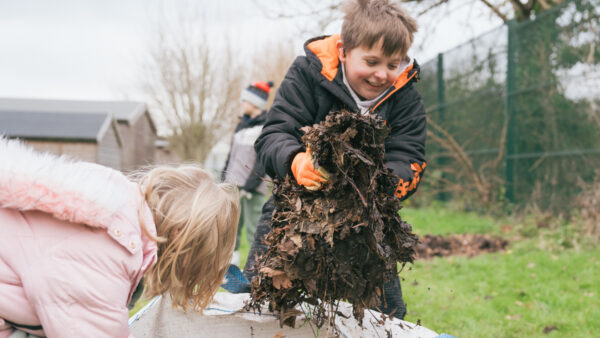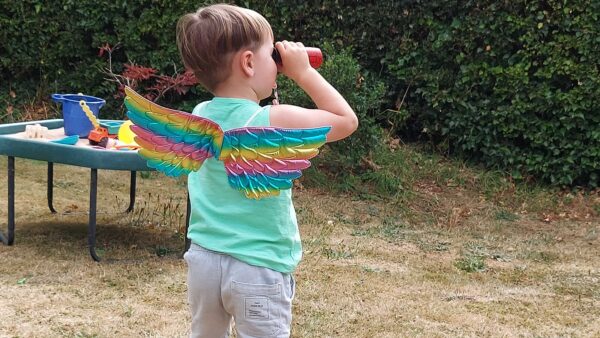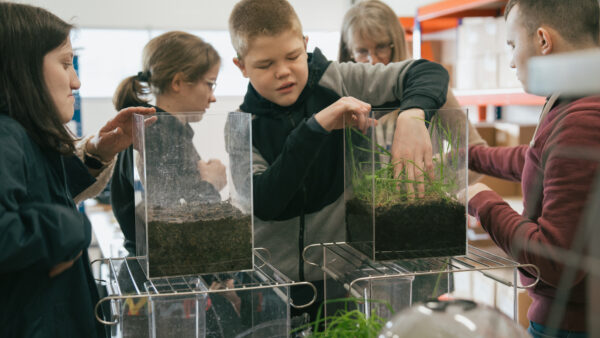People are unlikely to visit a greenspace if they don't know it is accessible or relevant to them and will have a poor experience if they can't access the information or messages when they get there. - Making connections 2001.
Our Making Connections research study ran national surveys with disabled people and greenspace managers to identify the barriers preventing access to greenspace. Undertaken in 2001, the findings remain just as relevant today. As far as we know it is the only study of its kind and it continues to provide an important basis for our work.
A major finding was the importance of access to information for disabled people. It was no surprise to find that physical barriers (eg steps and steep gradients) were identified as the most significant barrier, but lack of access to information was a close second.

About the study
The study was inspired by a concern that many public greenspaces in the UK were failing to inspire, or even make it possible for disabled and older people to use them. We had heard this from many greenspace managers who had implemented access improvements but seen little change in the diversity of visitors. It was obvious that there were barriers still limiting access, but these hadn't been fully examined. The need for the research was clear.
Making Connections takes a broad-based view of potential barriers to accessing greenspace. We collected examples of good practice from around the country and gathered the views and experiences of disabled and older people and greenspace managers. It comprises a comprehensive literature review, site visits to a diverse range of greenspaces, contact with disabled and older people, policymakers and site managers, and two national surveys.
The user survey
Most visitor surveys focus on people who are already using greenspace, less so on non-users. We wanted to find people who are excluded, either through choice or because of barriers, and the reasons why they are not visiting greenspace. This involved a postal questionnaire and interviews with disabled and older people.
The survey prioritised disabled and older people who are active but not necessarily visiting public greenspace sites. This would gather views of people who might well visit if certain adjustments or provisions were made. There were few surveys of this kind to draw upon and to an extent, the development of the methodology in itself was an important part of the research. For this reason, we felt it was important to include a summary of the survey questions and data in the final publication.
Feedback from the user survey identified the barriers that disabled and older people experience, the benefits and attractions that greenspace can offer as well as an insight into the ways in which age and disability can influence expectations, opportunities and choices.
The site survey
The site survey targeted greenspace practitioners and policymakers. The findings showed the attractions on offer, how site managers were responding to the disability community and what kind of good practices were taking place.
The site survey showed a mix of attractions such as attractive landscape settings, café and refreshment facilities, events and activity programmes. It also revealed that the demonstration of inclusive design was patchy, and it was rare to find complete sites showcasing best practice. Making Connections was produced to change this situation, and to help greenspace managers, designers and planners make their sites available to all visitors.



